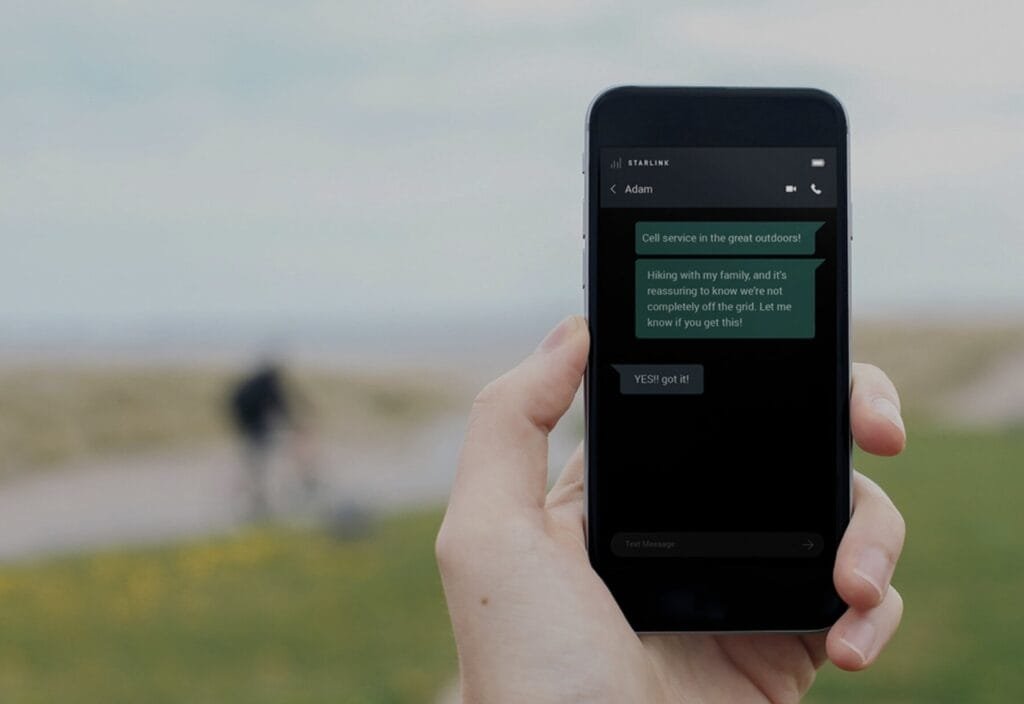ACCAN Calls for Action: Stylish Emergency Signals for Natural Mess Ups!

In an era marked by increasing natural disasters and environmental uncertainties, the Australian Communications Consumer Action Network (ACCAN) has issued a clarion call for effective and stylish emergency signal systems. The organization emphasizes the need for **robust communication technologies**, like Starlink, that can ensure resilience in times of crisis. This discussion not only highlights the importance of stylish emergency signals but also delves into a larger narrative about our preparedness against natural calamities.
The Need for Stylish Emergency Signals
As climate change accelerates the frequency and intensity of natural disasters, the methods we use to signal emergencies must adapt accordingly. Traditional emergency alerts have often been staid and uninspiring, failing to capture public attention when it matters most. ACCAN argues that:
- **Aesthetic Appeal:** Stylish signals can promote better engagement.
- **User-Friendly Design:** Integrating modern design principles makes them intuitive.
- **Cultural Relevance:** Signals that resonate with community aesthetics can enhance reception and understanding.
Incorporating such features serves multiple purposes. Not only do we improve response rates, but we also encourage communities to foster a culture of preparedness. Accurately themed signals that align with local identity can act as effective reminders for citizens to stay informed and remain vigilant.
Starlink: A Beacon of Resiliency
When emergencies strike, communication is paramount. Enter **Starlink**, the satellite internet constellation operated by SpaceX. ACCAN highlights Starlink’s potential to fill critical gaps during communication outages, especially in rural or disaster-stricken areas. Here are some notable features:
- **Global Coverage:** Starlink aims to provide internet access across the world, particularly in remote locations lacking infrastructure.
- **Rapid Deployment:** In an emergency scenario, Starlink can be quickly set up, thus providing immediate connectivity.
- **High-speed Connectivity:** With high throughput and low latency, it supports real-time communication crucial for emergency management.
By leveraging such state-of-the-art technologies, communities can significantly enhance their overall resilience to emergencies. In a world where each second counts, having a reliable means to disseminate alerts can save lives and mitigate disasters’ impact.
Benefits of Hybrid Communication Systems
The blend of stylish emergency signals integrated with advanced technologies such as Starlink presents multifaceted benefits for communities prone to natural disasters:
- **Enhanced Public Awareness:** The engaging design leads to greater public interaction, ensuring individuals are more likely to notice and heed alerts.
- **Flexible Communication Channels:** In emergencies, having a variety of platforms—from traditional alerts to sophisticated digital networks—ensures messages reach diverse audiences.
- **Community Engagement:** Local designers could potentially get involved in creating these signals, fostering a sense of ownership and pride in community preparedness.
What’s more, integrating emergency signals with technologies allows for data-driven approaches in crisis management. By analyzing response times and community patterns, authorities can improve future alerts and responses, crafting a system that continues to adapt and grow more effective.
A Case Study: Learning from International Examples
Looking beyond Australia, many countries are investing in stylish communication strategies amidst disasters. For example, Japan has long been regarded as a leader in disaster preparedness, notably due to its culturally relevant and aesthetically appealing communication systems.
- **Japanese Tsunami Warning Systems:** These utilize intuitive iconography and user-friendly interfaces to effectively convey urgency.
- **Community Drills:** Frequent engagement activities teach citizens how to respond to alerts, thus embedding a culture of preparedness.
By adopting similar principles, Australian communities can transform the narrative around emergency responses. Rather than viewing signals as mere alerts, communities can begin to appreciate their role as integral components of cultural identity and resilience.
Navigating the Future of Emergency Preparedness
As ACCAN pushes for stylish emergency signals and resilient communication frameworks, local governments, designers, and community organizations must come together to illustrate that **preparedness** doesn’t have to be dull or intimidating. It can, in fact, be a moving expression of shared values and mutual aid.
The fusion of creativity with technological prowess can create a comprehensive and efficient emergency communication strategy that not only saves lives but also reinforces community ties. This connection is vital, as preparedness becomes a collective endeavor rather than an isolated responsibility.
Conclusion: A Call to Action
The challenge that lies ahead is significant but surmountable. By embracing the dual concept of stylish emergency signals and leveraging platforms like Starlink, we can position ourselves at the forefront of disaster resilience. It calls for collaboration and innovation, bringing together artists, technologists, and emergency managers to foster a culture of preparedness.
ACCAN’s recommendations urge a transformation in how we perceive and implement emergency signals. Join hands with stakeholders, participate in local initiatives, and advocate for modern solutions to prepare our communities for what lies ahead. It’s time to rethink, redesign, and rejuvenate our emergency communications!
Click here for more articles on emergency preparedness and technological advancements.
For further reading, check out the following sources:







